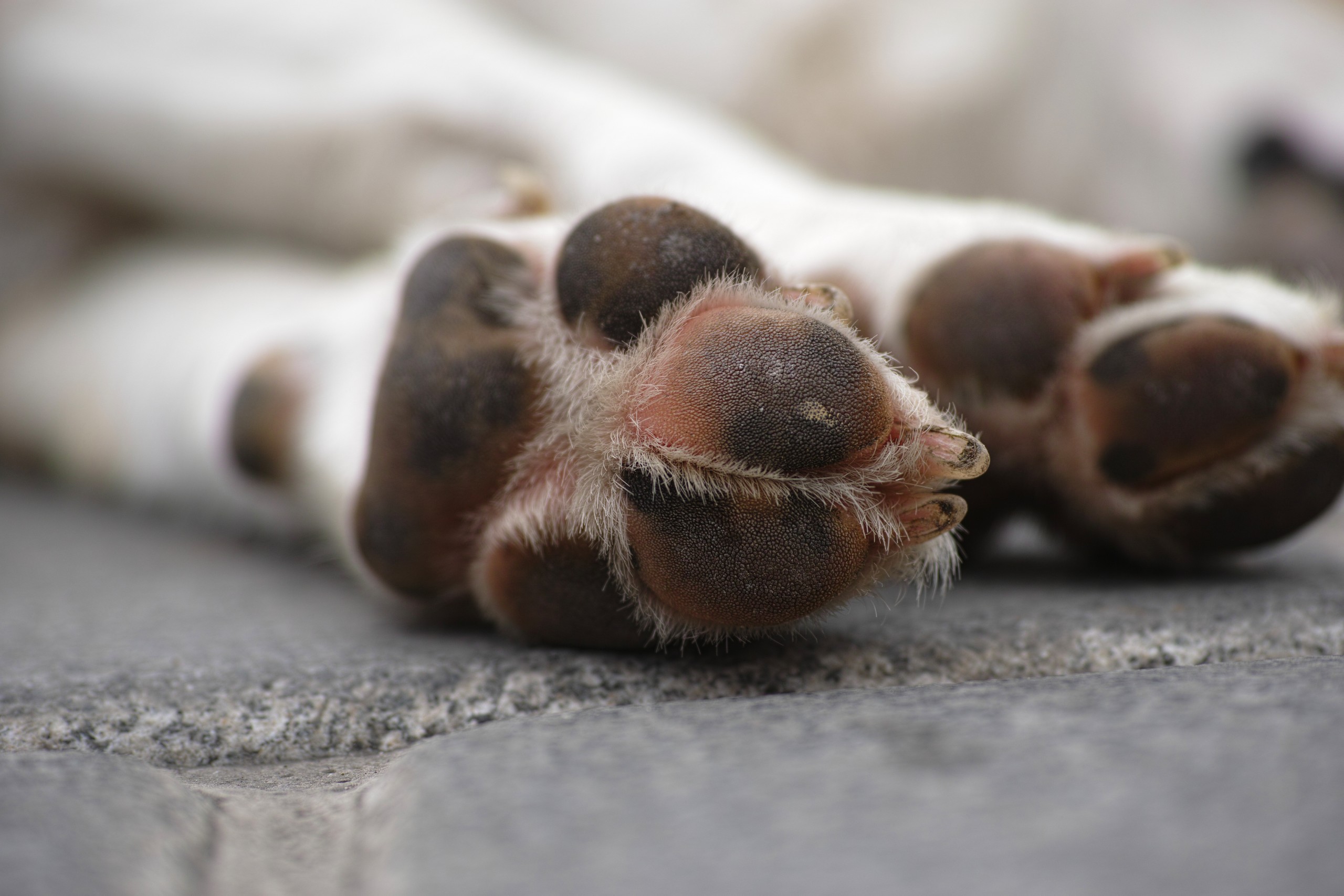UPDATE 1/21/25 6:30 p.m.
CADILLAC — Since temperatures dropped, Wexford County Animal Control said they’ve been getting calls about animals left outside too long.
Animal Control Officer Becky Jenema recommends keeping your pets inside when it’s this cold. If they need to go outside for a bathroom break, limit it to 10-15 minutes.
Most house pets do not have adequate coats for living outdoors. If you do need to keep them outside, they will require adequate insulated shelter and bedding.
“Their structure needs to be small enough that they can maintain their body heat. So if you’re putting your dog out in a garage or a big garage and you think that that’s adequate shelter for them in these temperatures, it’s not. That space is too big for them to keep that warmth around them,” said Jenema.
Animal Control recommends straw over blankets, because blankets can get wet and freeze.
1/21/25 2:00 p.m.
As the winter chill settles in and temperatures plummet, it’s not just humans who feel the bite of the cold—our furry friends are at risk, too. Local organizations including The Michigan Department of Agriculture and Rural Development are sharing tips for pet owners on how to keep their animals safe during cold weather.
Take these steps to ensure your animals are safe from the cold:
- Give them shelter: Bring animals indoors whenever possible or make sure they have a shelter with dry bedding.
Animals are vulnerable to freezing temperatures. Keeping pets inside as much as possible and limiting their walk and bathroom time is recommended. It is important for livestock and other outdoor animals to have access to a shelter with dry bedding if they need to get out of the elements.
- Let it flow: Make sure an animal’s water source does not freeze.
No matter the temperature outside, animals need access to fresh drinkable water. If their water freezes, they can become dehydrated, and it can’t be assumed they will eat snow to get the water they need. Make sure to move water bowls inside, change the water frequently, or use tank heaters or heated buckets/bowls to keep the water flowing.
- Happy paws: Check paws for injury and clean deicers from them.
Walking on cold, snowy surfaces can cause paw pads to crack or bleed. Also, deicers and other products used during wintertime can be toxic to pets. Applying a paw protectant can help minimize injury and chemical absorption. Wiping down your pet’s feet and legs when coming inside and using pet-safe deicers can also help to keep them safe.
- Address food needs: Some animals may need more calories to maintain their body heat.
Keeping animals at a healthy weight throughout the winter is important for their overall health. Some animals may require a few extra calories to maintain their body heat—especially if they spend time outdoors. To help determine an animal’s specific nutritional needs during cold weather, contact your veterinarian.
- Stay cleaned up: Thoroughly clean areas where antifreeze may have spilled.
Antifreeze contains the chemical ethylene glycol, which is extremely hazardous to animals. Be sure to thoroughly clean any area where antifreeze has spilled from a vehicle and keep containers of the fluid out of their reach. Following these tips can help keep your animals comfortable and safe through any cold snap. If there are any concerns about your animals’ health either now or throughout the winter, please talk to your veterinarian.
The American Society for the Prevention of Cruelty to Animals (ASPCA) also offers these tips on cold safety for pets:
- Keep your home humidified and be sure to towel dry your pet as soon as they come inside.
Repeatedly going into the cold and then coming back into a warm home can cause itchy, flaking skin. Pay close attention to their feet and in-between their toes and remove any snowballs from between their foot pads to prevent and treat skin irritation in the winter.

- Massage petroleum jelly or other vet-approved paw protectants into paw pads before going outside to protect from salt and chemical agents
Booties can provide even more coverage and can also prevent sand and salt from getting lodged between bare toes and causing irritation. Use pet-friendly ice melts whenever possible.
- Never shave your dog down to the skin in winter
A longer coat will provide more warmth. If your dog is long-haired, simply trim them to minimize the clinging ice balls.
- Never let your dog off-leash on snow or ice, especially during a snowstorm
Dogs can lose their scent in the snow and easily become lost.
